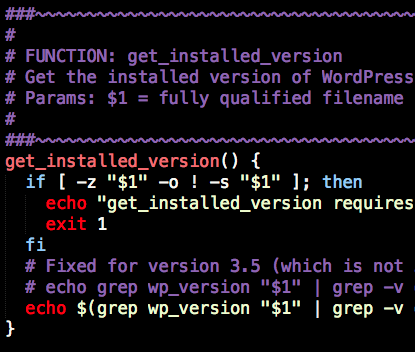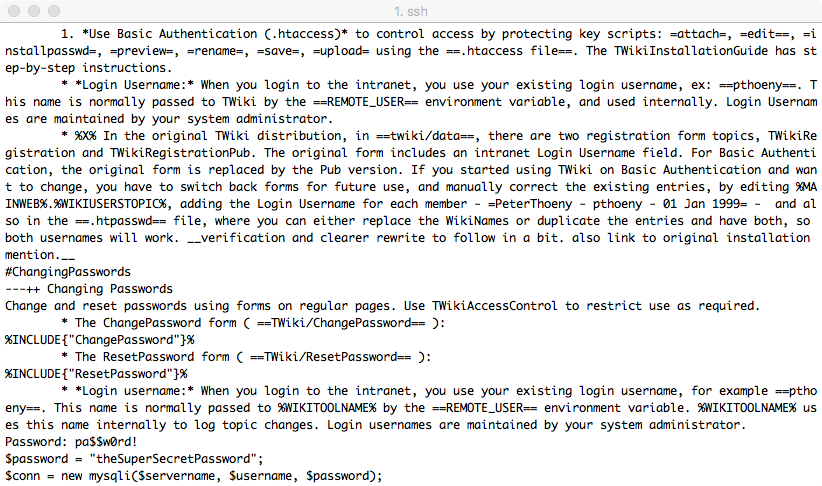

Some examples are a bell (macOS) and for tasks, displaying a check mark when there are no errors and an X otherwise. Icons may appear to the right of the terminal title on the tab label when a terminal's status changes. Navigate between terminal groups using focus next ⇧⌘] (Windows, Linux Ctrl+PageDown) and focus previous ⇧⌘[ (Windows, Linux Ctrl+PageUp). Remove terminal instances by hovering a tab and selecting the Trash Can button, selecting a tab item and pressing Delete, using Terminal: Kill the Active Terminal Instance command, or via the right-click context menu. This action creates another entry in the tab list associated with that terminal. Each terminal has an entry with its name, icon, color, and group decoration (if any).Īdd terminal instances by selecting the + icon on the top-right of the TERMINAL panel, selecting a profile from the terminal dropdown, or by triggering the ⌃⇧` (Windows, Linux Ctrl+Shift+`) command. The terminal tabs UI is on the right side of the terminal view.

You can learn more about configuring terminal shells in the terminal profiles article. Shells are detected and presented in the terminal profiles dropdown. The integrated terminal can use various shells installed on your machine, with the default being pulled from your system defaults. Note: If you prefer to work outside VS Code, open an external terminal with the ⇧⌘C (Windows, Linux Ctrl+Shift+C) keyboard shortcut Terminal shells VS Code's terminal has additional functionality called shell integration that tracks where commands are run with decorations on the left of a command and in the scrollbar: To create a new terminal, use the ⌃⇧` (Windows, Linux Ctrl+Shift+`) keyboard shortcut.To toggle the terminal panel, use the ⌃` (Windows, Linux Ctrl+`) keyboard shortcut.In the Explorer, you can use the Open in Integrated Terminal context menu command to open a new terminal from a folder.From the Command Palette ( ⇧⌘P (Windows, Linux Ctrl+Shift+P)), use the View: Toggle Terminal command.From the menu, use the Terminal > New Terminal or View > Terminal menu commands.The integrated terminal can run commands such as mkdir and git just like a standalone terminal. It provides integration with the editor to support features like links and error detection.
#BASH FIND FILE LENGTH FULL#
Visual Studio Code includes a full featured integrated terminal that starts at the root of your workspace. Configure IntelliSense for cross-compiling.If || thenĮcho mv -v "'$THISLINE'" "'$directory/$filename_clean'" > /tmp/filenames_toreview_$$.txtĮcho "File or dir disappeared.

and reverse list it, to prevent "file disappeared" (parent dirs are changed last)įind "$1" -depth | sort | tac >/tmp/filenames$$.txtįOUNDNUM=$(cat /tmp/filenames$$.txt | wc | awk '')Įcho "# found $FOUNDNUM filenames or dirnames to check."Įcho "# found $FOUNDNUM filenames or dirnames to check." > /tmp/filenames_toreview_$$.txtįor THISLINE in $(cat /tmp/filenames$$.txt) do # this function doesn't change files on its own Note: there may occur "already exists" problems when doing the actual rename. more edge cases for samba (trailing/leading spaces).going via a two-stage temp file (is faster on my machine).don't touch files/dirs, create batch list instead (to review).Same steps as above but I added one more sed command to remove a period at the end of the directory If true, it renames the file with the mv command, then outputs the changes it made with the echo command.



 0 kommentar(er)
0 kommentar(er)
